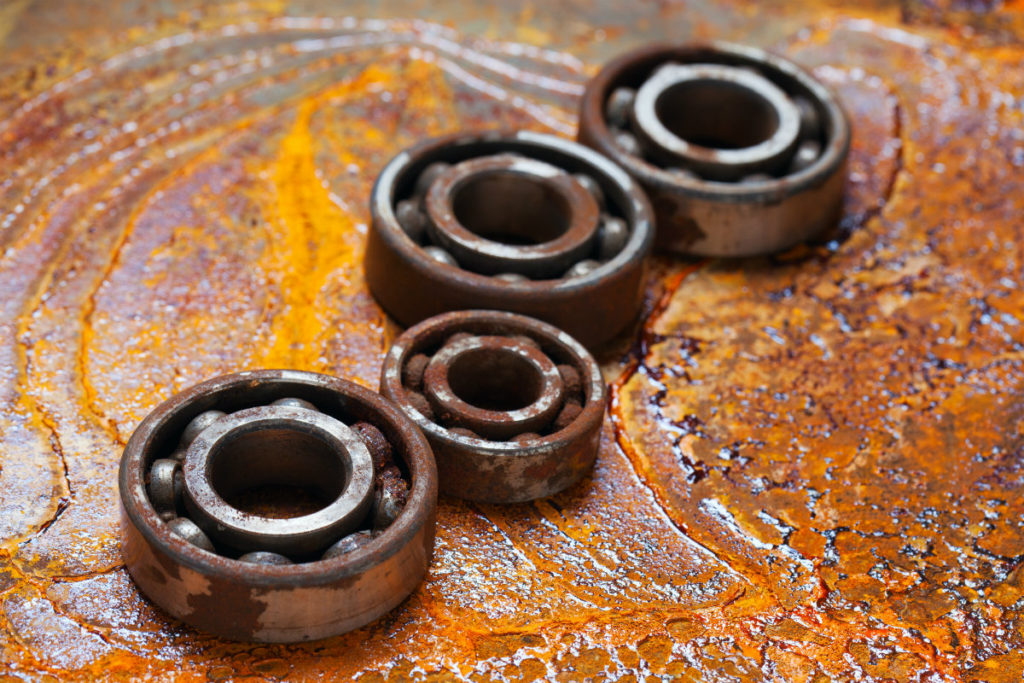As anyone who works with rotating machinery knows, bearings are essential to machine functions. One of the first things to know about bearings is that there are two main types. We will go over these two main types and more in this installment of our Condition Monitoring Basics series of blog posts.
The two main types of bearings are:
- journal bearings
- rolling element bearings.
Let’s start by talking about the simplest kind: journal bearings. Journal bearings have no moving parts, and the portion of the shaft in contact with the bearings–or journal–slides along the surface.
The pros of using journal bearings are that they are:
- economical
- compact
- lightweight
- have a high load-carrying capacity.
The other main type of bearing–rolling element–are most often used for industrial machinery and come in four standard types: ball, cylindrical, spherical, and tapered.
Some pros of ball bearings are that they separate the rotating shaft from the stationary mounting by rotating balls. This allows for a more even distribution of load and lower friction compared to journal bearings.
Cylindrical roller bearings function via the same principle as ball bearings, but have higher radial load capacity. They typically have lower axial load capacity than ball bearings.
Spherical roller bearings have rollers that are thicker in the middle and thinner at the ends. This type of roller can accommodate both static and dynamic misalignment better than other bearing types. Spherical rollers, however, are more difficult to produce and have a higher friction than cylindrical rollers.
Lastly, tapered roller bearings are designed to handle radial and axial loads simultaneously, whereas other bearings are designed to handle only one at a time.
These are all the main types of bearings and their functions. If you understand how the bearings in your machine function, you are more likely to be able to diagnose a machine’s problem, and perform required maintenance, which of course will contribute to the efficiency of your team and plant.
Photo courtesy: iStockphoto.com/Zukvosten



